Commentary for Bern Riddle 7: De vesica
NEVILLEMOGFORD
Date: Mon 11 Jan 2021Matching Riddle: Bern Riddle 7: De vesica
The second of three container riddles, this is an interesting and rather tricky riddle, which describes an animal bladder used in two different ways. Bladders, usually from domesticated pigs, are excellently stretchy containers.
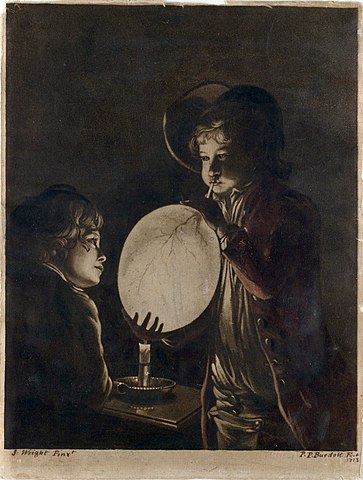
“Two Boys Blowing a Bladder by Candle-light (1773) by Peter Perez Burdett. From Wikipedia Commons (© public domain)
Lines 1 and 2 are all about stretchiness. They refer to the use of a bladder to carry water when used by humans. In line 1, the expanding bladder “follows” (sequi) the liquid that it hides when it stretches as it is filled. The beating of the liquid in line 2 probably refers to the water sloshing around during a traveller’s journey (cursus).
At this stage, the bladder still speaks in the first person. However, from line 3 onwards, the third person is used—and then it starts to describe an empty bladder. This is introduced with the apparent paradox of a thing that is both “filled” (impletur) and “empty of stuff” (vacua rebus). The problem of the vacuum was an ancient one, which had been debated by Plato and Aristotle. As Paul Winterfeld observed, we should not be surprised that the Bern riddler also found this scientific-philosophical problem intriguing (Winterfeld, p. 292).
The weightless citizen in line 4 is air, which the bladder holds for as long as it “endures” (permanet). Some manuscripts replace civem (‘citizen’) with cibum (“food, nourishment”), but the idea of a sausage or other food that is both empty and filled does not really work.
In the final two lines, we are told that the bladder floats when blown up with air, and it cannot carry anything when burst. The Middle Ages had balloons too!

“Balloons. Photograph (by Bigroger27509) from Wikipedia Commons (licence: CC BY-SA 3.0)
It is amazing that six short lines about an ordinary container can hold so many extraordinary ideas. Riddle 7 begins with the bladder’s stretchiness, before taking in vacuums, the weight of air, and balloons. As I suggested in the previous commentary, riddles are perhaps the most fantastic containers of all.
References and Suggested Reading:
Winterfeld, Paul. “Observationes criticalae.” Philologus vol. 53 (1899), pages 289-95.
Tags: latin Bern Riddles
Related Posts:
Bern Riddle 6: De calice
Bern Riddle 7: De vesica
Bern Riddle 8: De ovo
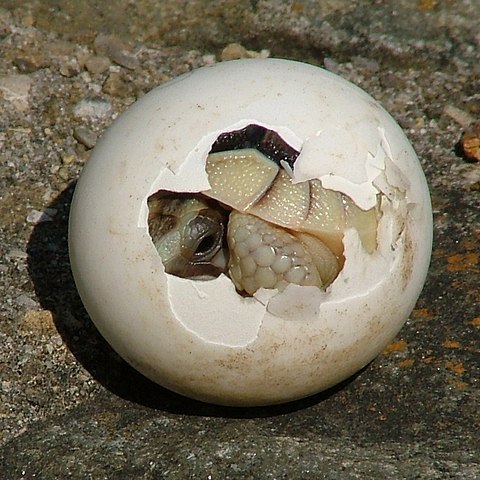
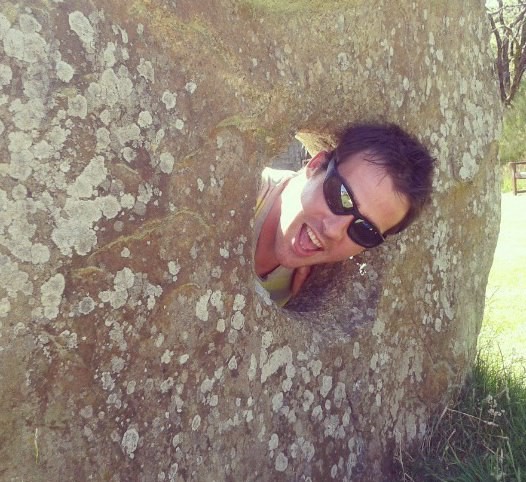
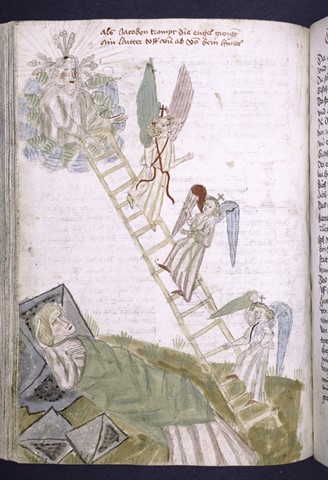

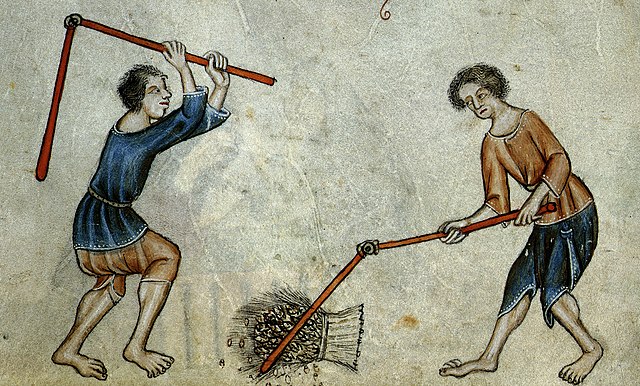
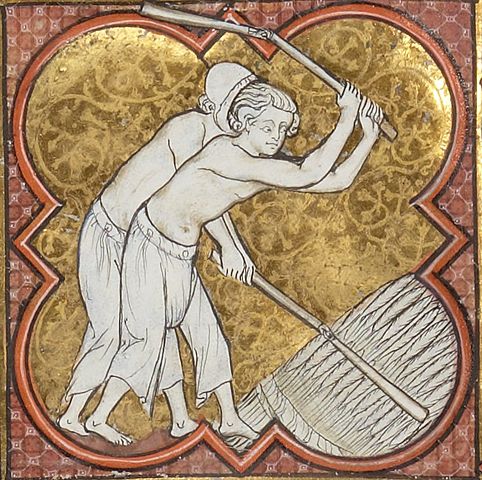


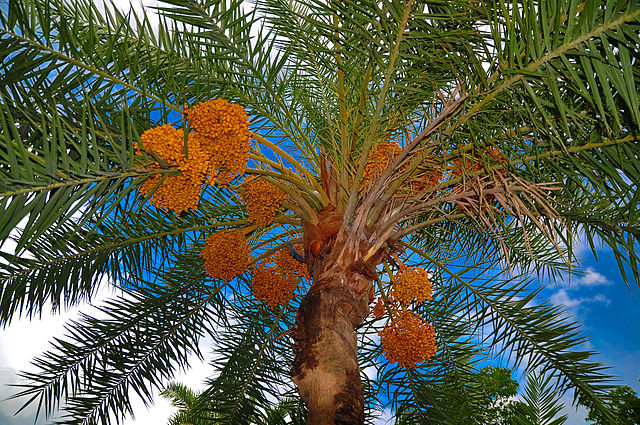

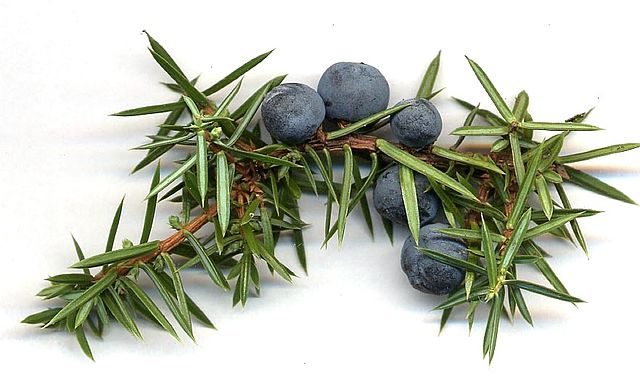
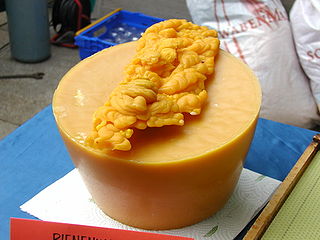
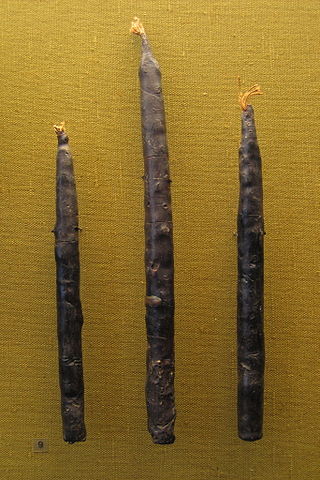

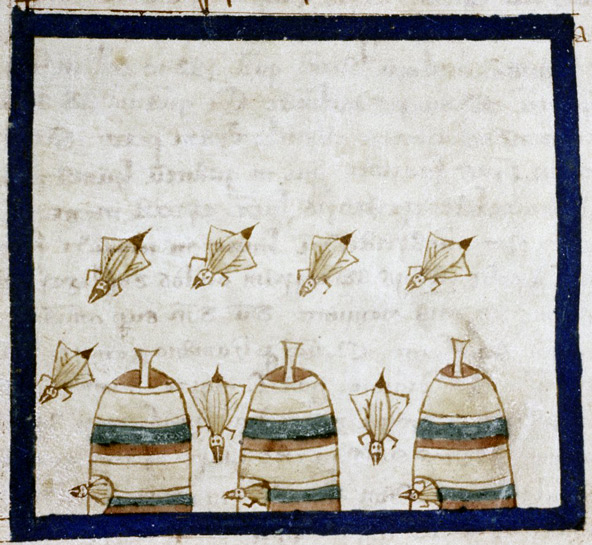
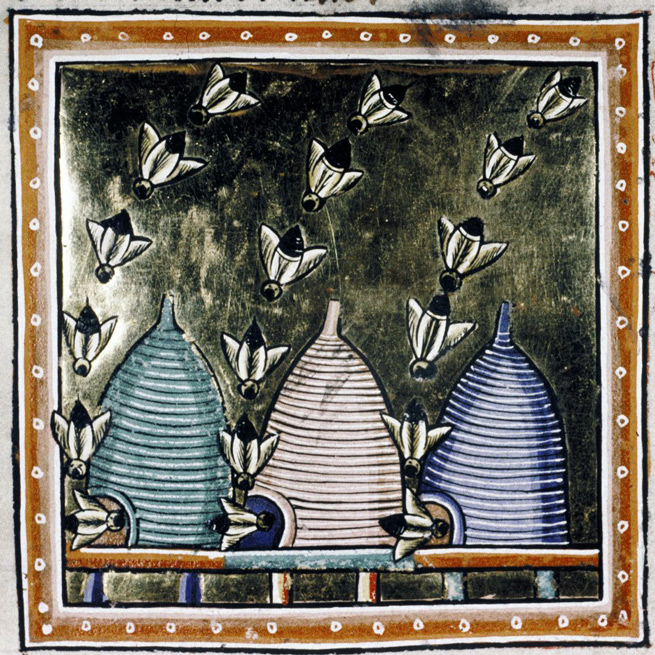
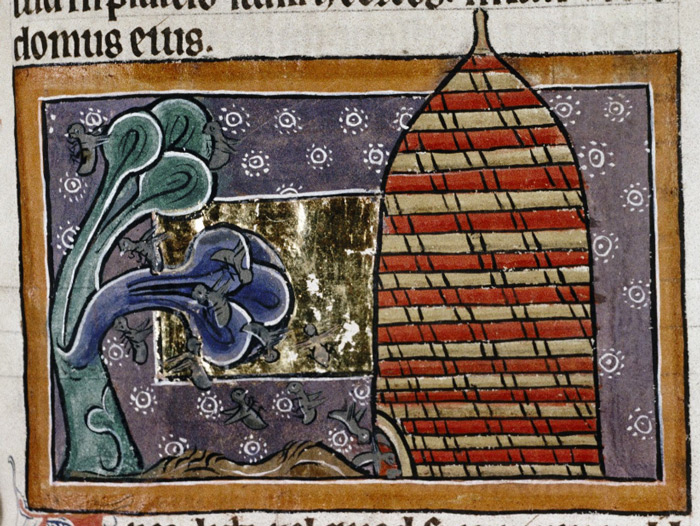

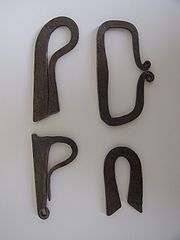
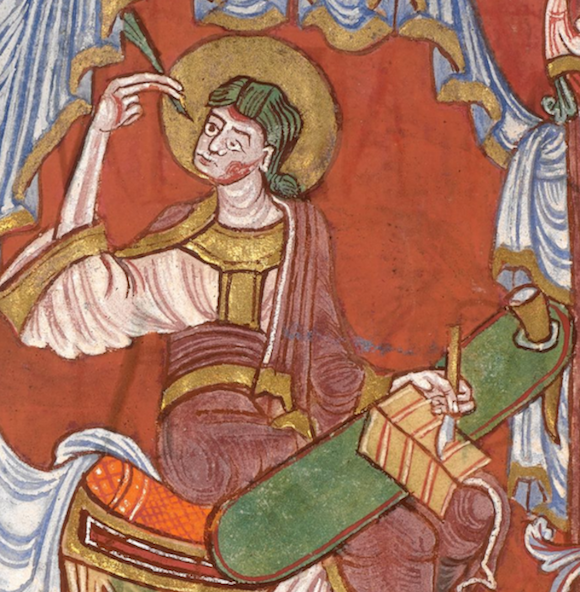
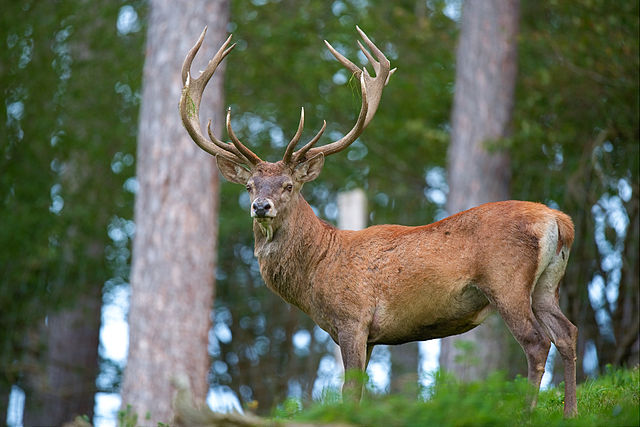

Commentary for Bern Riddle 6: De calice
NEVILLEMOGFORD
Date: Mon 11 Jan 2021Matching Riddle: Bern Riddle 6: De calice
“Hold me now. La, la, la, la!” Often, when I am writing on a particular theme, a song starts playing over and over in my head. My internal soundtrack for this commentary has been the 1983 hit, “Hold Me Now,” by The Thompson Twins. And it is a very fitting song, since this is the first of three riddles that are all about things that hold other things—that is to say, containers!
This riddle is all about a cup. Cups are a common riddle topic—they also feature in the Lorsch (Riddle 5) and Aldhelm (Riddle 80) riddles, and possibly the Exeter Book riddles too (Riddle 63). In the Early Middle Ages, cups and goblets were generally made from wood. Those made from glass or metal were luxury items at the upper end of the market.
Glassmaking was a highly specialist skill in early medieval Europe, just as it is today. There is plenty of archaeological and textual evidence for glassmaking in 7th and 8th century England—religious hubs such as Glastonbury Abbey were also early centres for glass production, and several sources mention the emigration of glassmakers from the continent during this period (Broadley, pages 1-7).
Several centres of glassmaking existed in medieval northern Italy, with Venice being the most notable. Some of the earliest evidence for Venetian glassmaking comes from the excavation of a 9th century glass factory on the Venetian island of Torcello. Glass droplets and smashed crucibles were found, alongside what may have been a furnace—the glass was produced by fusing silica with natron (a naturally occurring mix of soda ash and other minerals) imported from the Middle East (Whitehouse, pages 76-7).
The cup in our riddle is made from translucent glass, as made clear by lines 1 and 2—it isn’t decorated with gems, as some expensive metal goblets or chalices might be. Line 3 refers to the melting of silica (i.e. sand or limestone) in a furnace to produce molten glass. It also notes that fire-damaged glass will fracture easily.
Lines 4 to 6 are particularly fun, because they describe the cup as a kind of amorous zombie who kisses everyone. They begin by explaining that the cup cannot rot (unlike wooden cups), and that the cup does not care about death. They then go on to talk about the cup’s own death and resurrection—perhaps with the Christian idea of the resurrection of Jesus in mind. The word defunctus means “dead,” but also “used up’ or “finished.” Thus, the cup that has been finished will be raised again when it is reused. This reminds me of when I worked in a pub—when I cleared the bar, I would ask drinkers if their nearly empty glasses were “dead.” Alternatively, defunctus alludes to the practice of melting down and reusing discarded glass (see Wickham, page 702). The riddle closes with the once-dead object offering kisses. Figurative kissing appears in several Bern riddles, including nos. 5, 35, 42, and 46. In this case, kissing is a metaphor for drinking.
So there we have it. Time and time again, the Bern Riddles show how a few lines about an everyday object can hold the most extraordinary ideas. Next time you drinking from a cup, remember that you are also kissing a zombie.
References and Suggested Reading:
Broadley, Rose. The Glass Vessels of Anglo-Saxon England c. AD 650-1100. Oxford: Oxbow, 2017.
Whitehouse, David. “The "Proto-history" of Venetian Glassmaking.” In Neighbours and Successors of Rome: Traditions of Glass Production and use in the Later First Millenium AD. Edited by Daniel Keller, Jennifer Price and Caroline Jackson. Oxford: Oxbow, 2014.
Wickham, Chris. Framing the Early Middle Ages: Europe and the Mediterranean, 400-800. Oxford: Oxford University Press, 2005. pages 728-741
Tags: latin Bern Riddles
Related Posts:
Exeter Riddle 63
Bern Riddle 6: De calice
Bern Riddle 7: De vesica
Bern Riddle 8: De ovo